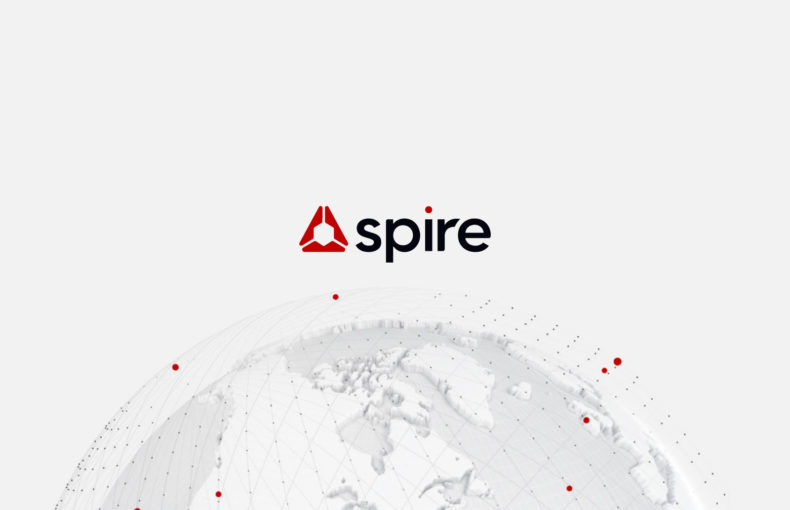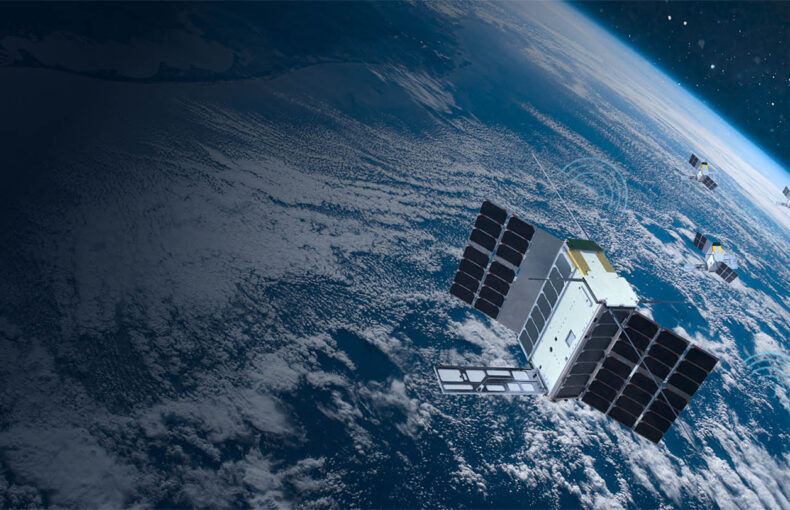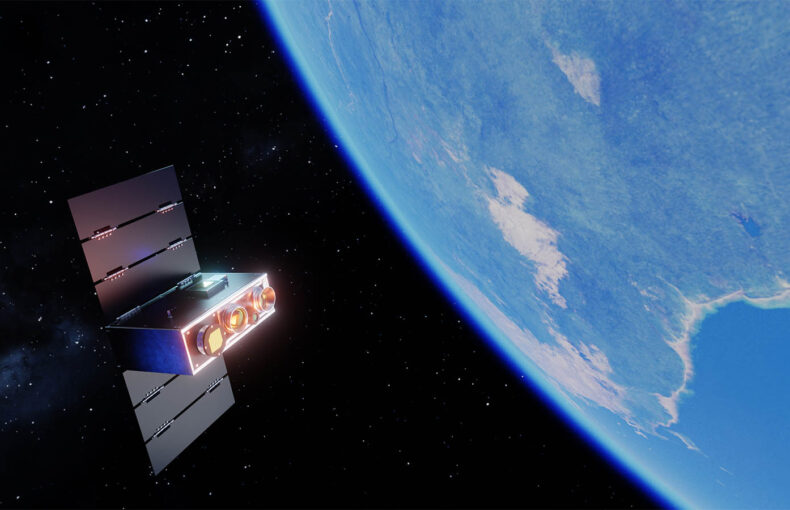How to assess launch vehicles for your satellite mission
- What are the most common space launch terms?
- How do I approach a conversation with a satellite launch company?
- What different orbits can be reached by commercial launch vehicles?
- What are the main opportunities and challenges in the satellite launch market?
- How do I select the right launch partner for my mission?
- Building your satellite constellation with Spire
The launch industry is developing at an unprecedented pace, yet there are still a lot of misconceptions regarding its state and volatility.
This Q&A stems from a workshop hosted by Dr. Robert Sproles in the fall of 2023 during his tenure at Spire. Dr. Sproles who is currently the CTO at Exolaunch and has been a space industry pioneer for successful satellite and constellation launch planning. Read more to get detailed insights on the state of the launch industry, including rocket and orbit fundamentals, launch considerations and vehicle selection for your mission, plus a lot more.
“When launching, it’s all about mission, mission, mission! In this dynamic and daring launch market, there is no such thing as a perfect rocket. Just the right rocket for your mission.“
Share on Facebook Share on Twitter Share on LinkedIn
What are the most common space launch terms?
Understanding the features and terms surrounding any orbital launch mission is an important aspect of grasping the nuances of the modern launch market. This knowledge is particularly beneficial for selecting the right launch vehicle (rocket) provider for your mission. Here are some space launch phrases to be aware of:
- Payload – The payload is the primary object or objects that are to be placed into orbit. These can include scientific instruments, a wide variety of sensors, cargo destined for the International Space Station (ISS) and more. Payload requirements set the criteria for satellite design.
- Satellite – A satellite is the structure that hosts the payload(s) on their journey into space and beyond. Satellite design (size, mass, etc) inform selection of the launch vehicle.
- Launch vehicle – The launch vehicle, more commonly known as a rocket, propels satellites, or sometimes humans, into space. Launch vehicles come in various sizes and configurations, each suitable for different payload types.
- Fairing – The fairing is a protective shell or nose-cone structure that securely encases the satellite(s) inside the launch vehicle. The fairing containing the precious cargo is positioned at the very top of the launch vehicle. The primary purpose of the fairing is to shield the payloads from aerodynamic forces and environmental conditions during ascent. Fairing volume represents a selection criterion based on satellite size.
- Payload adapter – These mechanisms allow for mission flexibility and the ability to carry multiple satellites in a single launch.
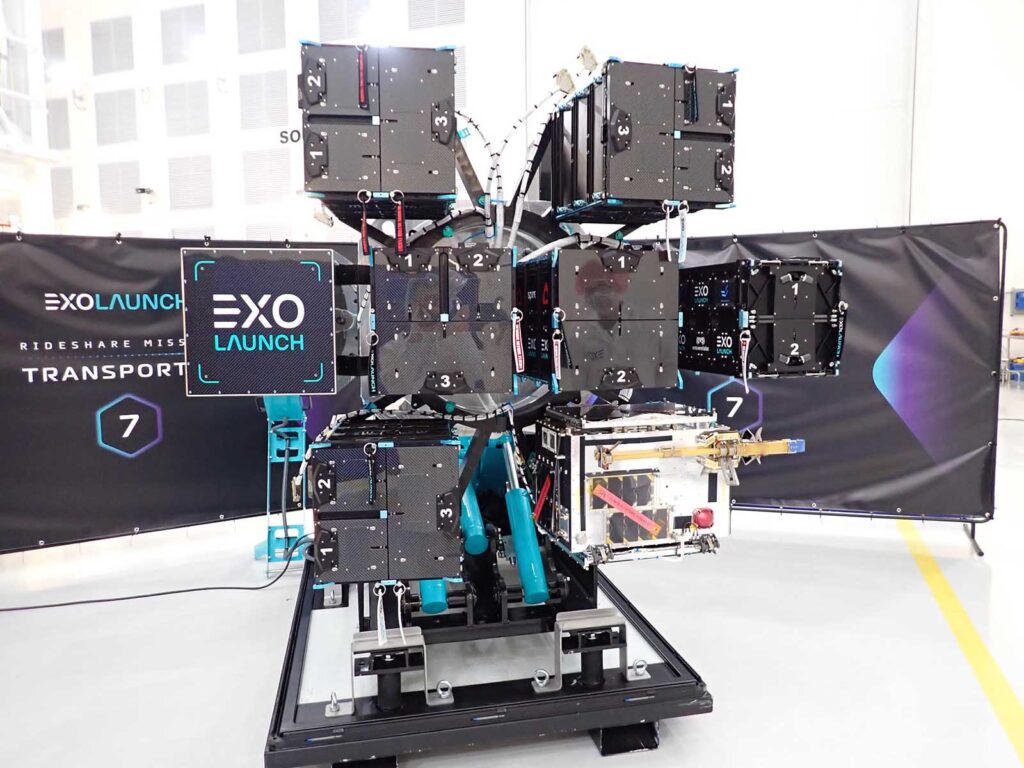
Picture shows all satellites loaded in deployer pods, ready to be stationed inside Falcon 9 for the SpaceX Transporter 7 rideshare mission, launched in April 2023. Image credit: Exolaunch
How do I approach a conversation with a satellite launch company?
Your mission requirements should always be the main driver behind any launch request. These play an important role in shaping your payload’s journey to orbit and to properly navigate this conversation, you must be clear on each requirement ahead of your discussion with a launch provider. Example satellite launch mission requirements include:
- Mission – The primary criteria to keep in mind is the mission of your satellite. If the mission that your satellite is designed to fulfil isn’t met, none of the other criteria matter. Mission defines the trade space for each of the other criteria.
- Cost – The most common question we hear is “how much does it cost to launch a satellite into space?” Balancing your mission objectives with your budget is vital, and costs vary between different launch companies.
- Orbit – Different missions require different orbitals, such as geostationary orbits for persistence coverage, mid-inclination orbits for frequent revisit at lower altitudes, or sun-synchronous orbits to provide consistent local observation times on each satellite pass. Select the right orbit for your payload to perform its mission effectively.
- Launch schedule – Timing is key. The ideal launch is one that occurs quickly after satellite delivery. If the launch is too early for the satellite development program, it can result in a missed launch window that can lead to delays and additional costs. But selecting a launch that is too far in the future risks the satellite sitting on the ground, not providing value. Choosing a launch partner with ready-to-go backup options allows for better alignment with launch timing, satellite development, and delivery.
- Mass -–The weight and size of your payload has a direct impact on the choice of launch vehicle and launch costs. You will usually pay launch costs on a per kilogram basis.
The above factors can have an overlap. For example, the choice of orbit may affect the launch schedule, and the volume of your payload can impact price. As a general rule, the more flexible you are, the wider your launch options will be.
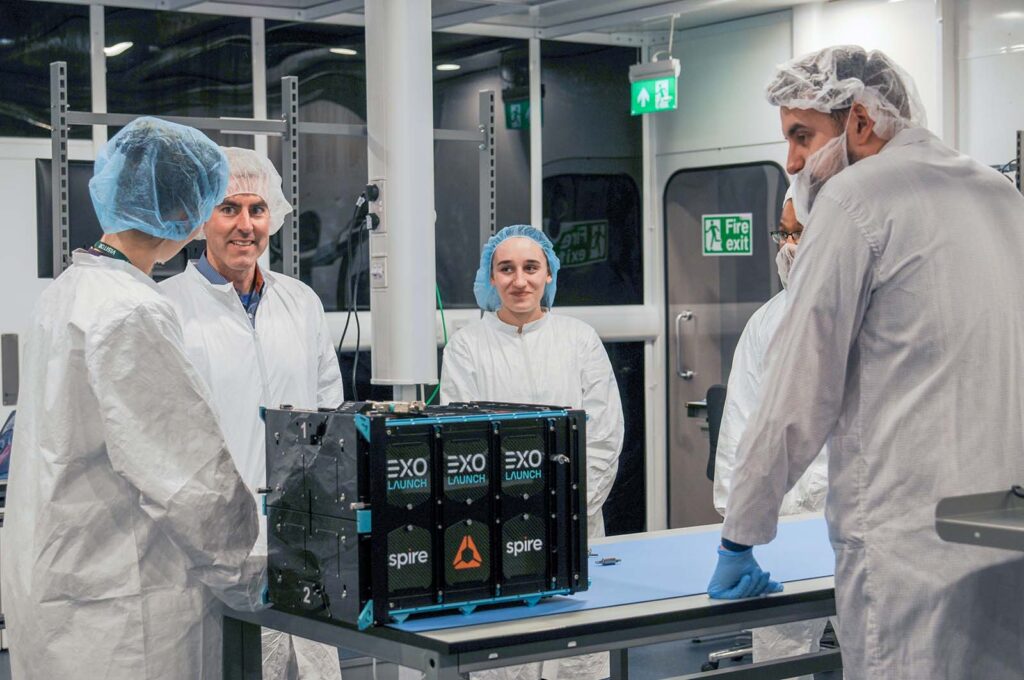
Nanosatellites undergoing deployer integration at the Spire Global Glasgow, Scotland facility with the Exolaunch team for the SpaceX Transporter 7 mission, pictured in March 2023
What different orbits can be reached by commercial launch vehicles?
We touched on this above, but understanding the different orbit types is essential for finding the right launch partner for your space mission. Thankfully, the commercial market is capable of reaching any imagined Earth orbit, if your budget allows.
Put simply, an orbit is the path that an object in space (your payload) takes around another object (Earth) due to gravity. There are several types of orbits that you can choose to launch into, and each can serve a distinct purpose. Here are some common orbital inclinations to consider:
- Low Earth Orbit (LEO) – LEO is the closest orbital region to Earth, and satellites in this orbital region are ideal for Earth observation (EO), communications, and scientific missions (for example, on board the International Space Station). Equatorial orbits, as the name implies, pass over equatorial regions of the Earth. Mid-inclination orbits cover more of the Earth’s surface, up to the northern and southern latitude described by the orbit. As the naming convention implies, polar orbits pass over the Earth’s poles. Sun-Synchronous Orbits (SSO) are a special case of polar orbit that pass over a spot on the Earth’s surface at the same local time underneath the satellite with each orbit.
- Medium Earth Orbit (MEO) – MEO is at a higher altitude than LEO, with GPS satellites being prime examples. This orbit offers a balance between longer coverage persistence (lower apparent motion through the sky to an observer on the ground) and greater signal strength (with link budgets influenced by distance between transmitter and receiver).
- Geostationary Orbit (GEO)– Payloads in GEO orbit are approximately 36,000 kilometers above the equator. They are a special case of orbit that has a period equal to 1 day, thus if positioned over the equator, they appear stationary in the sky to an observer on the ground. They are commonly used for communication, weather monitoring, and broadcasting.
Your orbital path depends on your mission’s objectives and requirements, as different orbits offer varying advantages and limitations.
What are the main opportunities and challenges in the satellite launch market?
Being aware of current and future market complexities is important for launch planning. Some considerations for today’s launch market include:
- Diversity of launch vehicles – There are many different types of launch vehicles available, which is both a blessing and a curse! Each rocket offers specific capabilities and limitations, so it’s essential to match the right vehicle to mission requirements.
- Building partnership and collaboration opportunities – Established players in the space industry, such as Northrop Grumman, the International Space Station (ISS), and the Indian Space Agency, bring their own unique strengths and challenges. Successfully navigating partnerships and collaborations with these entities requires ongoing effort.
- Identifying established players – Different methods exist for evaluating different launch providers, from focusing on the reliability of the launch vehicle to how established the company is. At Spire, we have created the Rocket Reliability Rubric (the R three) to provide an objective and quantifiable score of a launch provider’s suitability for a particular mission.
- Geopolitical climate – Geopolitical factors, such as the war in Ukraine, have far-reaching implications on the space industry. Sanctions and restrictions on the use of certain launch vehicles impact the accessibility of specific markets, posing challenges to mission planners.
- Market availability – Instances like Virgin Orbit’s bankruptcy can result in the sudden unavailability of a launch vehicle. Similarly, there are many new players trying to establish their presence as reliable launch providers.
- Impact of COVID-19 –The COVID-19 pandemic continues to have lasting effects on various space organizations and their supply chains, impacting launch schedules.
- An ever-evolving industry – The space industry is continuously changing, with new launch concepts and innovations on the horizon.
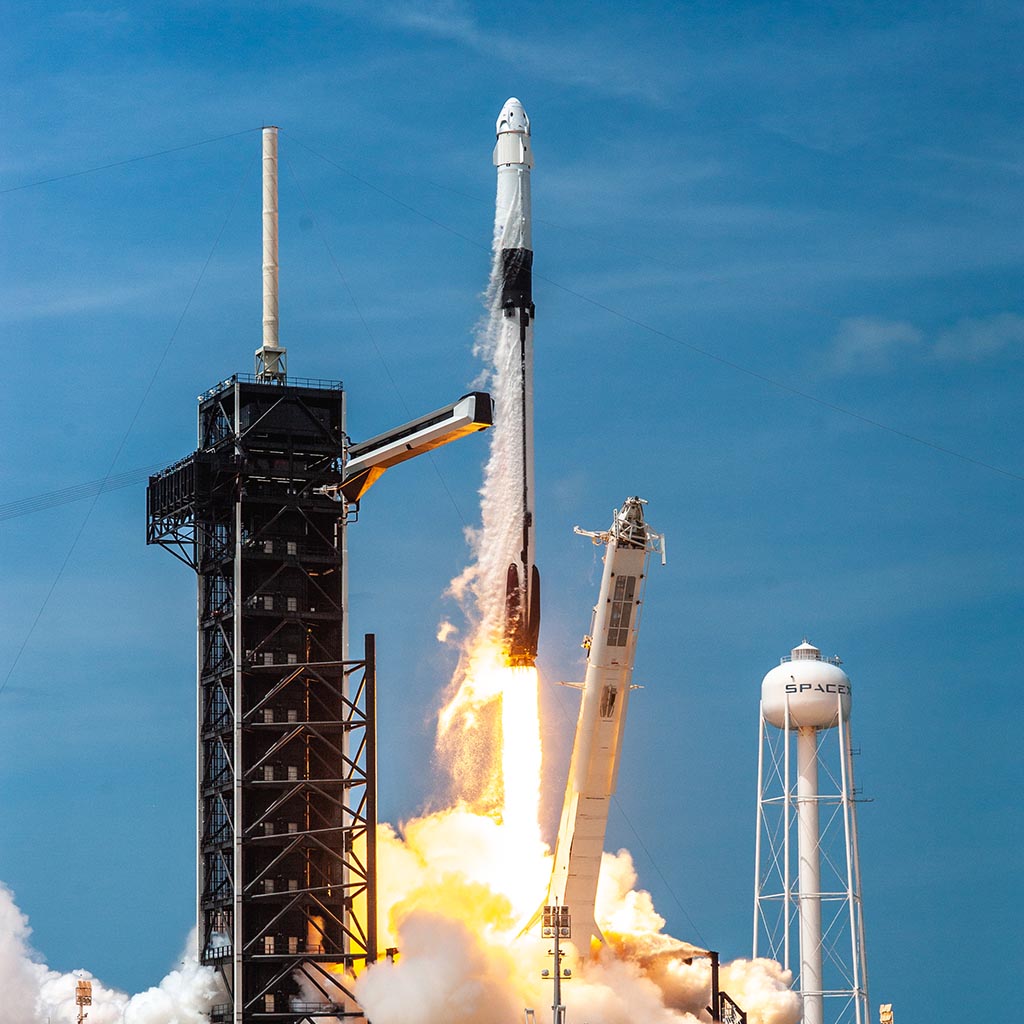
SpaceX’s Falcon 9 launching – NASA/Tony Gray and Tim Powers, Public domain, via Wikimedia Commons
How do I select the right launch partner for my mission?
Answer: When it comes to selecting the right launch vehicle, knowing the terminology, the broad orbital options, and understanding the considerations of launch will provide you with the right foundations. However, there are far more elements to consider before you book your place on the launch manifest. Here are some additional important questions to keep in mind:
- Does the payload have an unusual shape or contain non-typical design elements?
- What licenses does one need to transport the technology/satellite to a launch site?
- What licenses does one need to launch and operate the satellite?
- What is the minimum volume of payload that can be launched to meet mission objectives?
- How crucial is the launch timeline for the mission?
- How sensitive is the price per kilogram to enable the mission?
- Does the payload contain any hazardous substances or materials?
- Which launch site or spaceport is most convenient for the team and the mission?
- What are the limitations of small launchers versus larger rockets?
Robert concluded with wise parting thoughts, saying:
“Selecting the right launch partner is vital to mission success and must be part of the satellite and constellation development planning process. It’s easy to focus on the satellite design, but how, when, and where the satellite is delivered to orbit can mean the difference between program success or failure.“
Share on Facebook Share on Twitter Share on LinkedIn
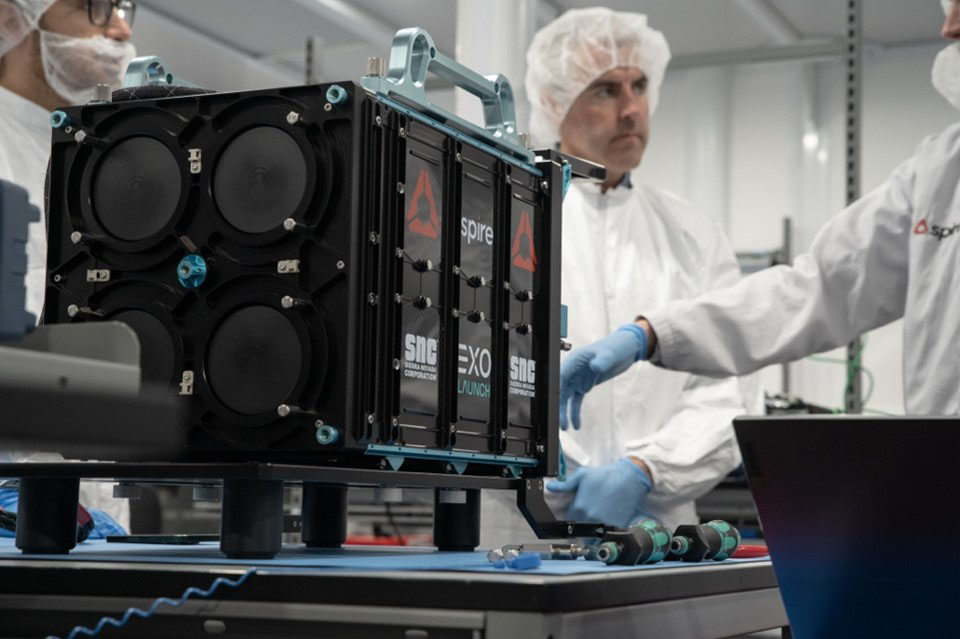
At the Spire Global Glasgow facility, where the satellites for SNC are integrated into an Exolaunch deployer. The satellites were launched successfully on the Transporter 9 mission in November 2023.
“The rocket launch market is complex and dynamic, and we are excited about the opportunities it brings forward to find the right partner for your satellite mission needs,” Sproles concluded.
Building your satellite constellation with Spire
Spire has more than 11 years of experience designing, building, and launching payloads into orbit, providing supportive solutions in this dynamic landscape. Our Space Services team can help decipher terminology and select the right orbits, while our multi-user agreements with launch providers mean we have a tried and tested list of close launch partners to suit your needs.
This blog post is distilled from Spire’s illuminating Launch & Learn webinar with Dr. Robert Sproles, offering insights into the modern launch market.
About Dr. Robert Sproles
With over two decades of experience, Dr. Sproles is a people-centric technical leader with a passion for developing new technical capabilities and leading teams to deliver. He currently serves as CTO at Exolaunch, focusing on Exolaunch’s market-defining products and services at scale. Sproles spent nearly a decade at Spire Global, where throughout his tenure, he installed a global ground station network, managed early satellite builds and test facility development, and led the satellite design team. He ended his tenure serving as VP of Constellation Planning and Operations, overseeing satellite operations, launch, ground stations, and satellite communications to enable tomorrow’s constellation needs.
About Exolaunch
Exolaunch (Germany, USA) is a global leader in launch mission integration and deployment technologies. With a decade of flight heritage and over 360 satellites launched across 25 missions to date, Exolaunch leverages industry insight to tailor turn-key solutions that meet customer needs and respond to market trends. Exolaunch fulfills launch contracts for industry leaders, the world’s most innovative start-ups, research institutions, government organizations, and international space agencies. The company develops and manufactures its own flight-proven and industry-leading small satellite separation systems, with the fastest-growing heritage on the market. Exolaunch is committed to making space accessible to all and to promoting its safe, sustainable, and responsible use.
 Written by
Written by
